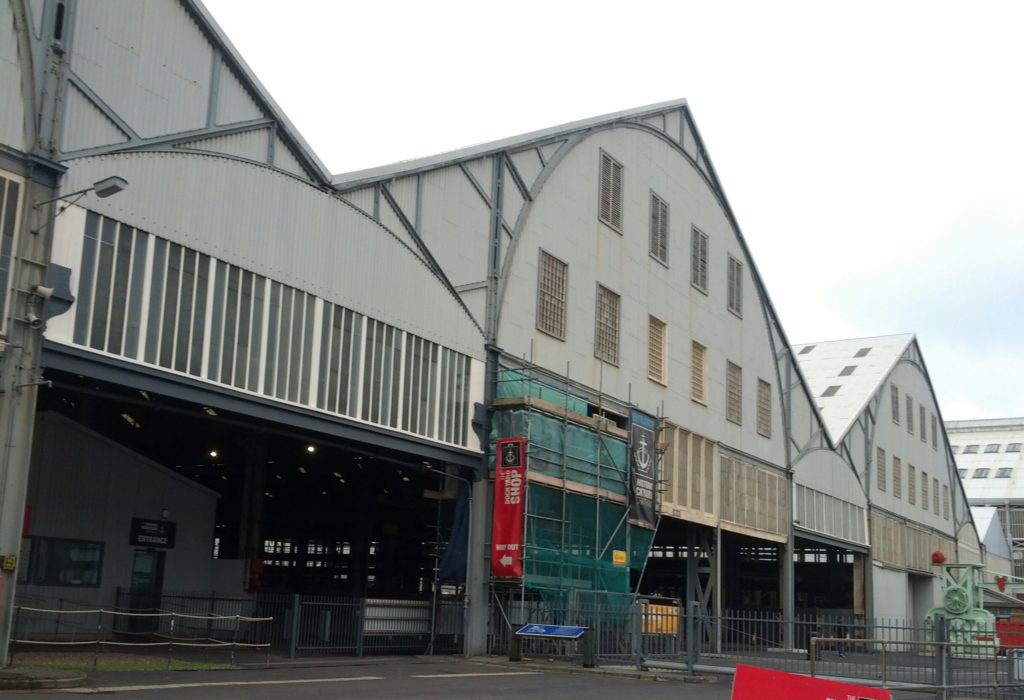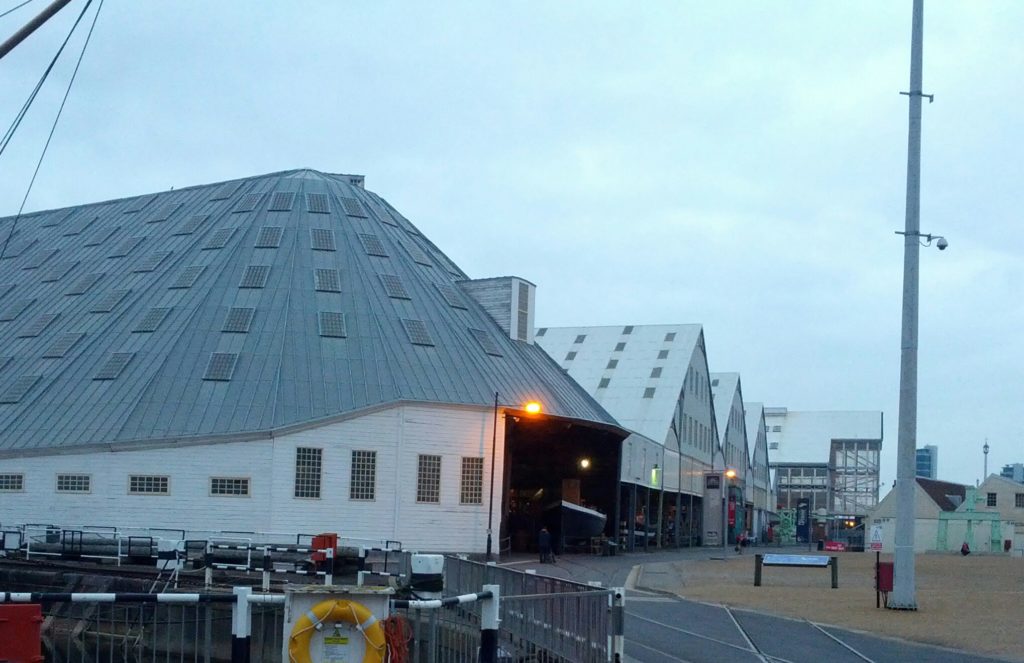Historic Buildings event reviews
Valuation and conservation of corrugated iron buildings
At the fourth in our series on different aspects of conservation work, Lizzie Induni enthused us with her passion for corrugated iron reinforced by the extensive studies for her PhD. She took us through its history, starting with its invention in 1829 by Henry Palmer who recognised the additional strength that could be achieved by profiling metal and the material was patented by Richard Walker. By the time the patent ran out in 1843, many up and coming engineers had jumped on the bandwagon of this amazing new possibility for building construction.
The first major use for corrugated iron was inspired by the urgent need for warehouses at the rapidly expanding London docks. Not only could wide span waterproof covering be provided, but with the additional use of cast iron framing, the covered area was made very accessible. These properties made this type of structure particularly useful in addition for the new railway termini that were needed at the time. The Royal Navy also recognised the qualities of this type of building and in 1852 commissioned Scamp and Greene to construct large spaces for ship building at Chatham Dockyard, bringing the enormous benefit of building ships under cover.
Naturally the material was high-lighted at the Great Exhibition of 1851 where it inspired Prince Albert. A ballroom was needed at the Balmoral Estate and we were shown photographs of this charming building all of corrugated iron and complete with decorated pilasters.
It is listed and is well cared for. Many churches also sprang up using this quick and easy “flat pack” construction. Lizzie bemoaned the fact that corrugated iron now has such a diminished reputation in England where it developed from the huge outpouring of innovation and invention during the Industrial Revolution.
With the arrival in 1852, of rollable mild steel, this was now adopted for corrugated iron, formerly made of cast iron puddled to make it more malleable. The material really came into its own with the first world war being easy to transport and quick to erect and was of course extensively used for Nissan huts. One of the final pictures showed us the impressive Cardington Airship hangars in Bedford built in 1919. These buildings are huge and demonstrate well the construction and benefits which corrugated iron buildings can bring.
Very few corrugated iron buildings are listed in the U.K. and Lizzie believes that the listing system is distorted by a tendency to look nostalgically to the past without embracing innovation. From the beginning it was engineers rather than architects who exploited the potential of the material which is still used for cutting edge design in countries as widespread as the U.S.A. and Australia. Perhaps here in England we should look more kindly on the enviable advances made during our own Industrial Revolution.


